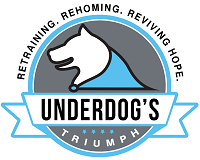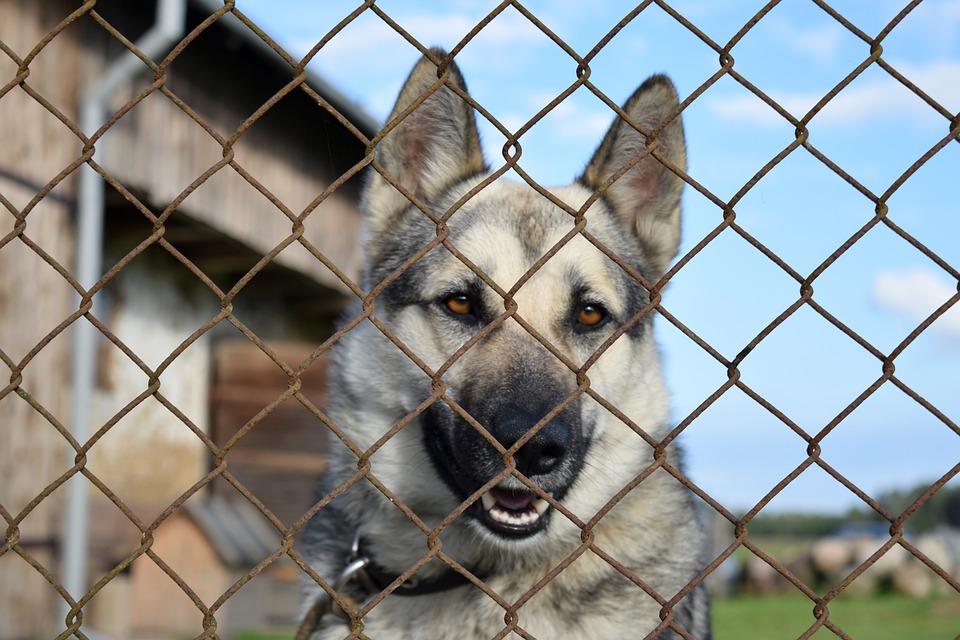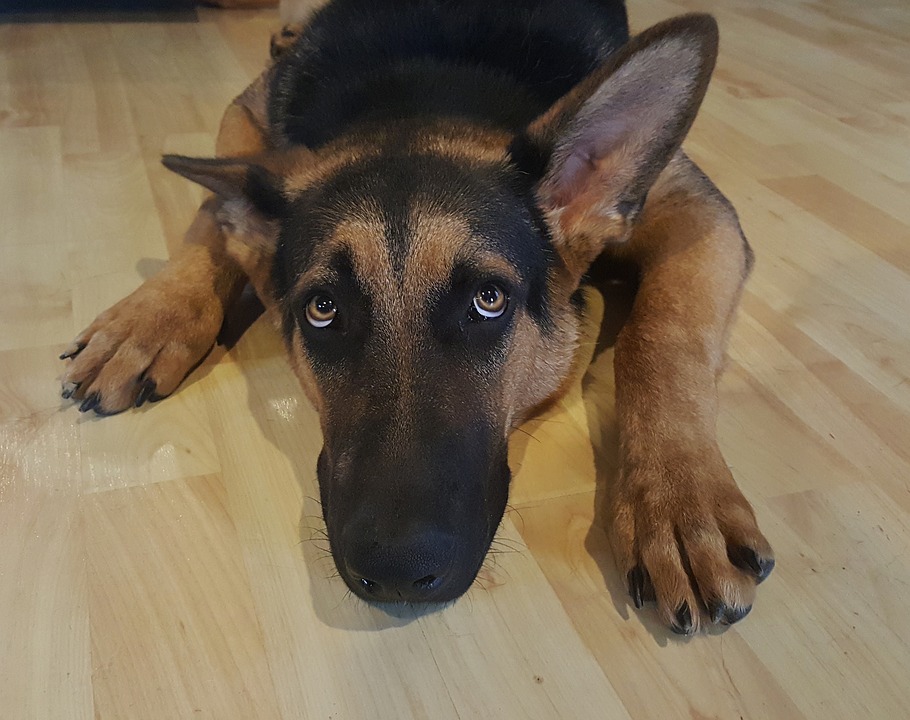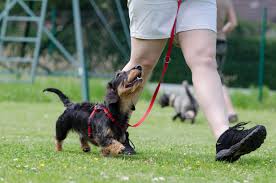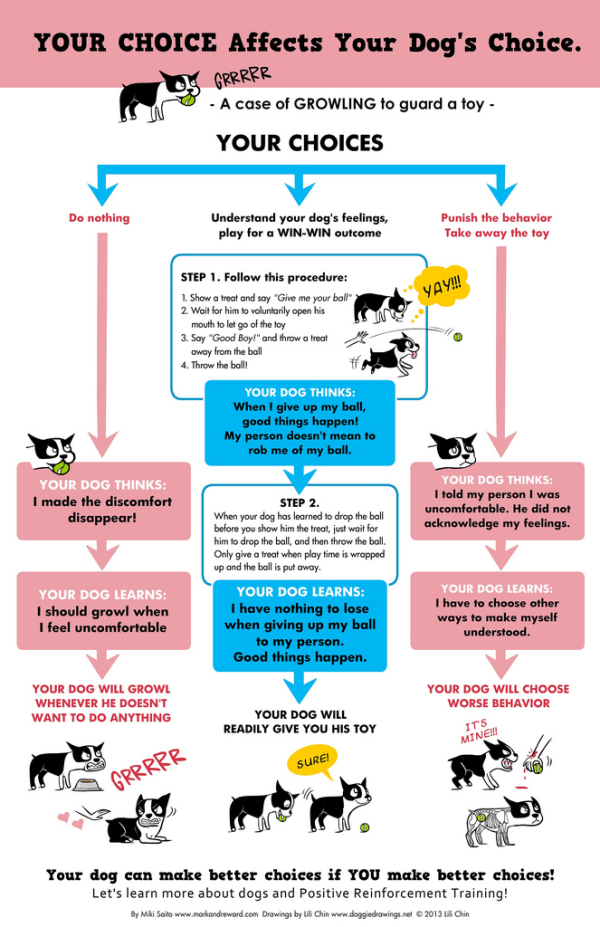As many of you already know, I currently have three rescued dogs, Luna, Esther and Prim. Despite having an already full household, with the addition of three cats (Cass, Inara and Selina), I still find myself browsing through petfinder at the hundreds of dogs (and cats) currently still looking for their forever home. It’s sad to think about the number of pets who sit her waiting for months and even years before finding a home and family to call their own. Even sadder are the pets who wait forever and never find their own family.
A lot of times the ones most often overlooked are the elderly or the sick. People want that cute little puppy. And I think a common misnomer to one of the reasons people are still hesitant to adopt is they’re worried about “adopting” someone else’s issues. A lot of people assume that dogs in shelters or foster homes have been given up because there is something wrong with them.
I think this fear of adopting a dog “with problems” from a shelter, leads a lot of potential families to looking at breeders. They want a puppy whom they can “raise right” and who comes to them as a “blank” slate. But is any of this true? Is getting a puppy from a breeder a better route than adopting another dog (of any age) from a shelter? There as an interesting dog study that was done that looked at this a similar question – which you can check out here.
To be honest, I’ve often wondered the same thing. As a dog trainer, I know a lot of the right ways to train a pup and I’ve seen a startling contrast between how I raised my first TLC dog Rufus and how I’ve raised my second TLC dog Esther. Rufus was adopted at age 7 and Esther was adopted at 6 months. Rufus was raised by a loving dog owner who had read some books and thought she knew things sometimes. Esther was raised by a certified dog trainer who knew all about the benefits of positive reinforcement and force free training. I’ve found myself wondering as of late, as puppies go through such critical stages of development between 8 and 16 weeks old, would getting my next dog at this young of age, produce a better household pet? At this young of age, they’re essentially blank slates right? Ready for you to imprint all your knowledge on to right?
Turns out what the study found was a kin to the whole nature vs nurture question. In this study they took two mom dogs each with a litter and switched the litters. One mom was extremely nervous and another mom was very friendly and confident. So switch their liters and the idea was these blank slate puppies would take on the traits their new mom showed them right? Turns out not so much. The puppies from the fearful mom, remained fearful even with their new momma showing them all the ropes about life and how exciting it could be. The puppies from the confident mom suddenly became fearful as well without the guidance of a confident mom to show them the ropes. Two moms of opposite ends of the spectrum, yet both ended up with puppies leaning towards the fearful side.
The authors proposed a kind of spectrum of fearfulness and how that potential was influenced both by environment and genetics. Take for instance this graph from the study above, about one of the fearful puppies who was given to the bold momma. Here were her end results.

Her genes from her fearful parents gave her a genetic potential leaning towards the fearful spectrum of thing but the influence of the bold mom (environment) placed her towards the bold end of her potential. Yet the end result was she still leaned towards being on the fearful side of things. While these traits are not set in stone and can fluctuate a bit throughout a dogs life, this dog will likely never be the kind of dog who runs up to a stranger and becomes instantly friends.
Thinking of these traits in my own dogs I can define see these influences taking hold. My old dog Rufus was a puppy mill rescue who spend the first five-ish years of his life in a cage without much people interaction. He likely came from parents who suffered the same fate. Coming from such a limited environment and additionally coming from stressed fearful parents, definitely played a part on his ability to think and learn in the future. After I had him for a few years, he was always eager to participate in activities, but never was the smartest bulb in the group. Despite me providing him with all the building blocks for learning, the genetic potential for learning new things was definitely limited. Was he smarter and happier after I adopted him? Absolutely! Would he ever go on to win smartest dog of the year….. Definitely not. 😉
In Esther, she came into the shelter at only 8 weeks old, and was immediately surrounded by various volunteers and dogs and experiences. When I adopted her a few months later, and began training her you could definitely see her potential blossom. Now it’s like having a conversation with an infant. “Can you please get down?” or “Hop on up” results in her actively doing those things instead of staring blankly with a wagging tail like Rufus 😉 However her limited exposure to men growing up in a predominately female run shelter has led her to be fearful of new guys from day one – something we are constantly working on improving even to this day (she’s 7 now).
In Luna, she came to me a feral who would literally scream if you startled her or tried to pet her those first few weeks. She’d panic if she saw a person walking 75 feet away. Now, nearly two years later, we can pass a person walking or running on the sidewalk from about 6 feet away. We can walk in a park and have dogs and people pass us. But it has taken us TWO years to get to this state. All because her environment and genetics predisposed her towards being fearful of new (and scary!) things. We’re working against that predisposition. Is it possible? Clearly yes. Is it easy? Definitely no.
The conclusion after looking both at my own dogs and reading the study above is that you’re never going to know with absolute certain what type of dog you’re going to get. The older dogs, even the 1-2 year olds, have a lot of their genetic traits out in the open. They’re going to present themselves as they are. Fearful dogs will be fearful and bolder dogs will be bolder. With puppies, who are still actively being influenced by their genes these traits are harder to determine and can often manifest as the puppy ages and matures.
To me, I firmly believe, you don’t always get the dog that you want, but you get a dog that will help you grow. Rufus, despite not being an A+ student, I learned all about unconditional love from a dog whose only request in life was to be WITH you. From Esther, I’ve learned to appreciate her endless enthusiasm for life and it’s experiences. From Prim, who’s deaf and blind, I’ve learned a great deal of patience and gentle ways to approach and interact with a critter who’s world consists only of touch and scent. From Luna, I’ve learned to appreciate the small steps of progress and forget about the “somedays” and “maybes” and focus on the now. All dogs change us, no matter where they come from. And all will present challenges and hurdles throughout their lives. Love them. Train them. And love them some more.
